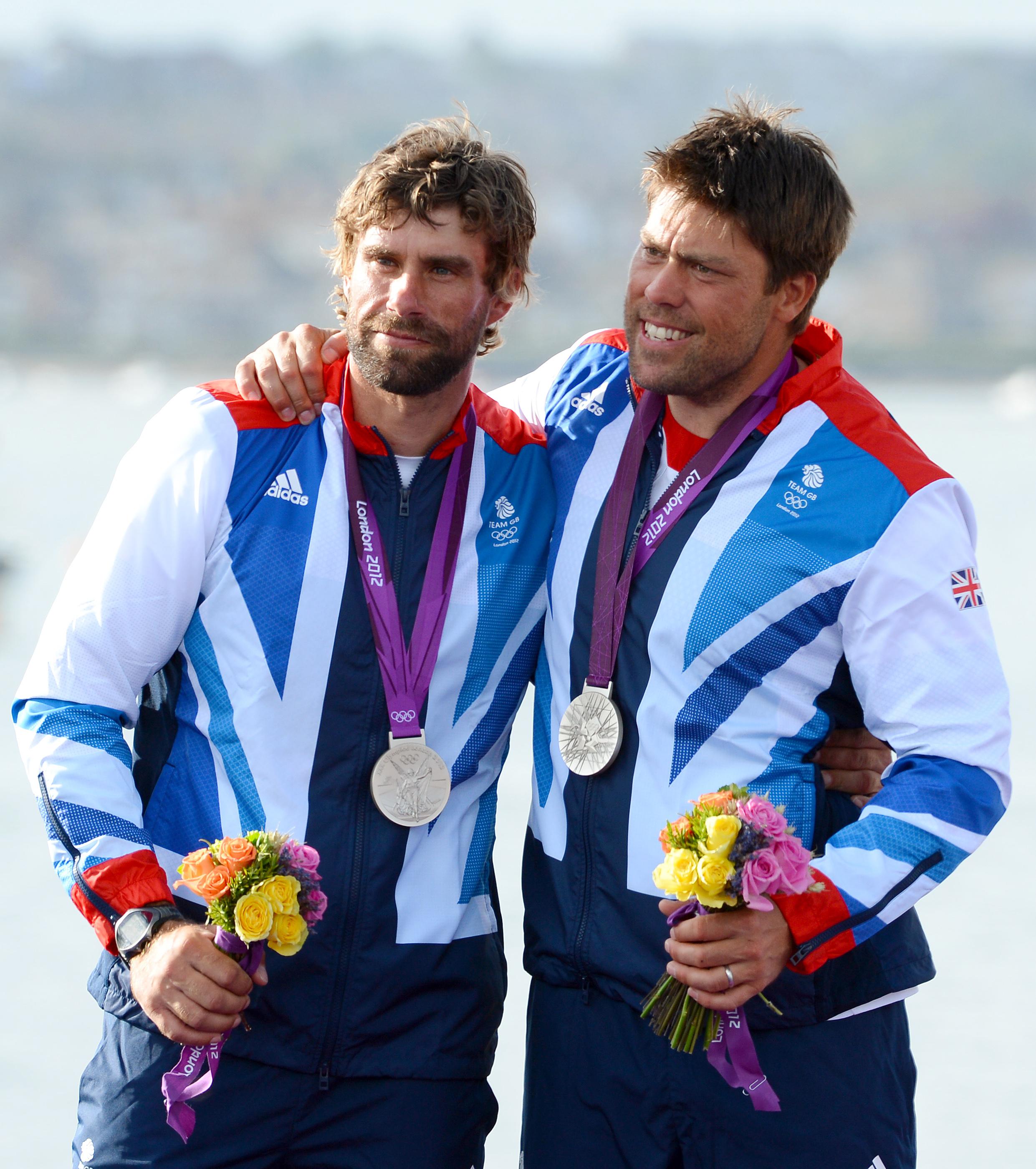On the America’s Cup website, there is a description of the AC72, the new class of boat that’s being used in this summer’s races. The AC72’s design “challenges the very best sailors in the world, pushing them to their limits … and beyond,” reads the breathless copy. It’s unfortunate phrasing, given the death today of sailor Andrew Simpson. Simpson, who won a sailing gold medal for Britain in the 2008 Olympics, drowned after the AC72 he was training on capsized in San Francisco Bay. The tragedy is sure to raise questions about the catamaran’s design, and whether it’s simply too dangerous for competition.
“These are by far the most extreme America’s Cup boats we’ve ever seen,” says Justin Chisolm, editor of Sail Racing Magazine. I spoke to Chisolm this evening, as details of the incident involving the Artemis team’s boat were still emerging. It’s not clear if there was a structural failure that caused the crash (Chisolm thought he spotted a break in one of the hulls, though that could have occurred after the boat had already flipped) or if the boat simply lost control at high speed. Either way, a disaster like this was not entirely unexpected.
Back in October, the AC72 belonging to Larry Ellison’s Oracle team flipped while training in the same waters.
A Wired story about that incident is titled “The Boat That Could Sink the America’s Cup.” The concern at that point was less about crew safety than about the potential expense and delays involved (both dangers to running a smooth Cup event) if the AC72, a design pushed by the billionaire Ellison, turned out to be irredeemably capsize-prone. One of the sailors quoted in that story was the CEO and tactician of the Swedish Artemis team, who predicted that another crash was all but certain. “It will be a miracle if we get through the summer without it happening to somebody,” he told Wired.
“We’ve always known that these are cutting edge designs,” says Chisolm, “and the teams are still learning how to tame these boats.” The AC72 is a 72-foot long catamaran—two parallel hulls—with a sail that is rigid instead of soft. It demands intense physical exertion, athleticism, and choreography from its crew of 11. When everything’s humming, the boats can zip along at speeds of up to about 45 mph. Some of the America’s Cup teams even purposefully coax the AC72 to hydrofoil, lifting both hulls a few meters out of the water up into the air (though Artemis was not attempting that maneuver today). “I’ve heard from team New Zealand that they feel they’re on a knife’s edge every time out,” Chisolm tells me. “The wing sail on the AC72 is bigger than a wing on a jumbo airliner—it generates incredible amounts of power. That needs to be controlled, which is not always easy in San Francisco with its high winds and tough currents.”
Whenever a cat flips—and especially a massive cat like this—there’s the danger that a sailor might be trapped beneath the overturned boat. That appears to be what happened here. Early reports suggested that Simpson was pinned underwater for 10 minutes or so.
“He was a lovely guy,” says Chisolm of the 36-year-old Simpson. “He came out to help Iain Percy [the sailing director of Artemis], his friend who he’d medaled with in the Olympics. Andrew was in the ‘afterguard’—the thinking part of the crew, working on tactics and weather analysis and such.”
Chisolm says sailing websites and social media pages called for the AC72 to be retired from competition after the Oracle crash in the fall. Those calls will no doubt be renewed now. (Some might suggest that the smaller, 45-foot version of the boat would be a less aggressive choice, though an AC45 was crashed by the Oracle team in San Francisco Bay in June 2011.)
I’m not sure the average spectator can tell the difference between a sailboat race in which the two boats are at all times on the edge of catastrophe and one in which they’re both just really fast. The rich people operating these teams may have fetishes for expensive designs, but I simply want to see expert sailors squaring off against each other, using identical equipment, such that skill and not material provides the winning margin. If I ran the Cup, I’d make an announcement tomorrow: Let’s ditch the AC72s and go old school—we can race comparatively pokey 12-meter monohulls with soft sails, like the Cup used to use. It’s not about the boats, it’s about the people in them.
After Dale Earnhardt died while racing in the 2001 Daytona 500, NASCAR made safety changes. After a luge athlete was killed while training in Vancouver for the 2010 Winter Olympics, the course was shortened to slow competitors’ speeds.* But it’s not clear yet how the America’s Cup will respond. “It’s too late,” Chisolm believes. “There’s no time to change it now. The AC72s will be used in the Cup.”
The competition officially begins on July 4.
Correction, May 20, 2014: This article originally misstated the date of the Vancouver Olympics. They were in 2010, not 2012. (Return to the corrected sentence.)
